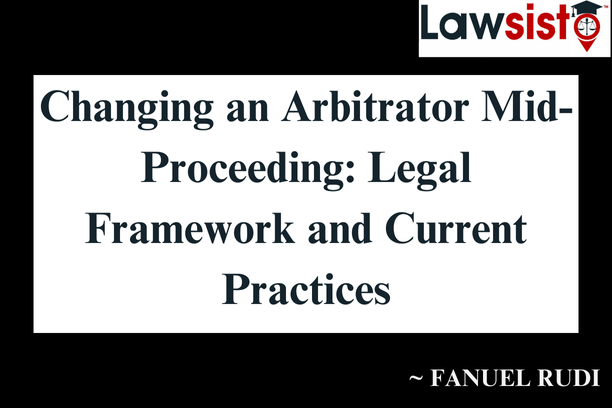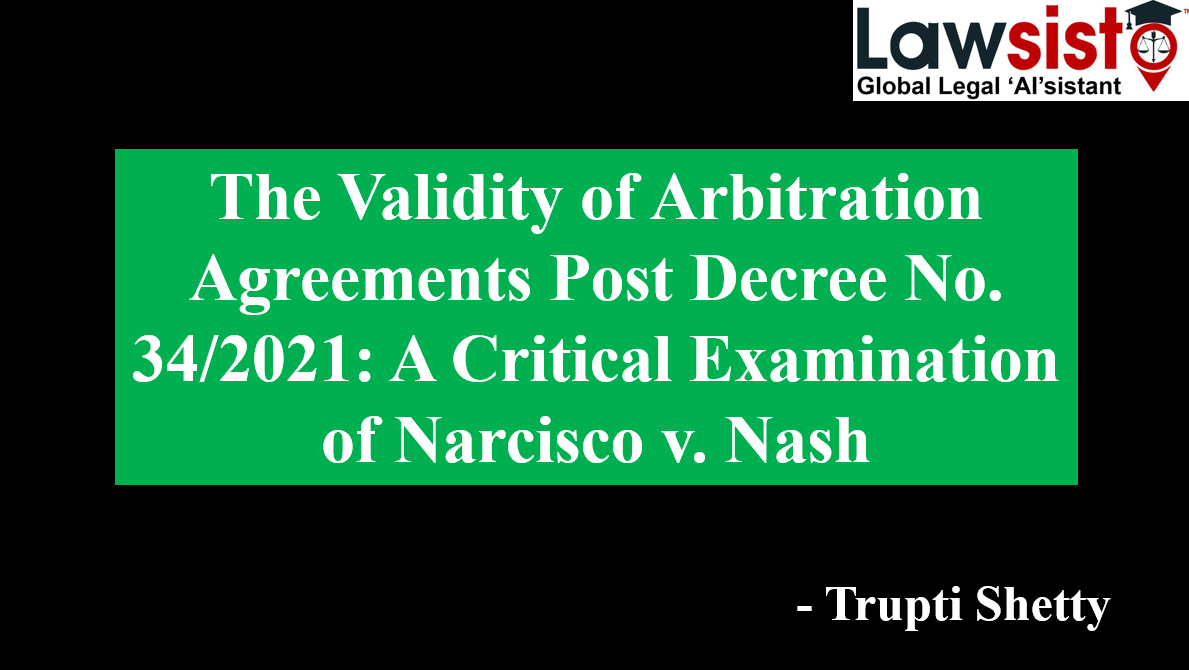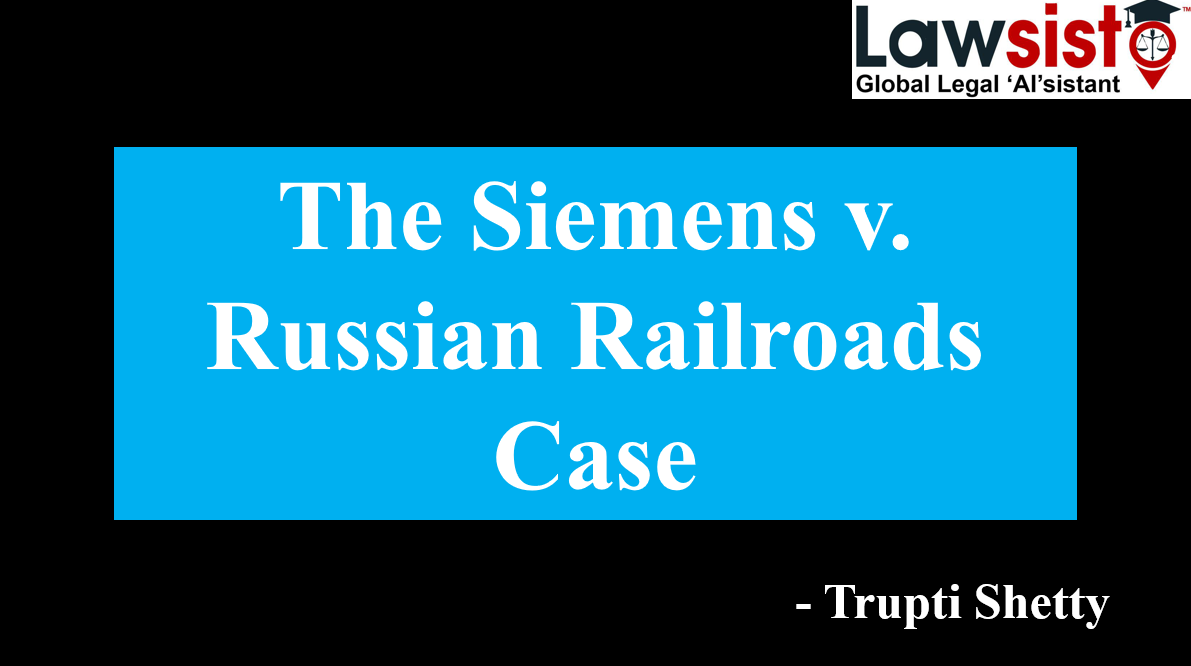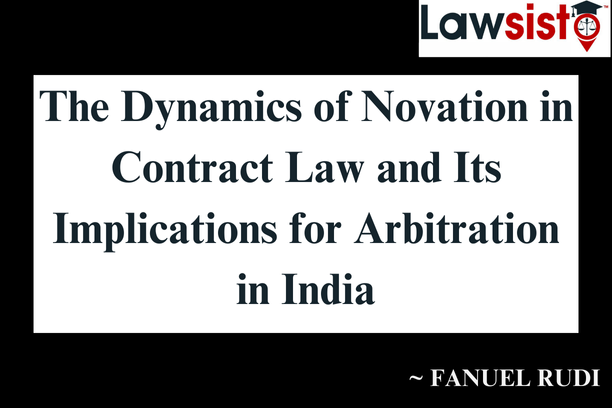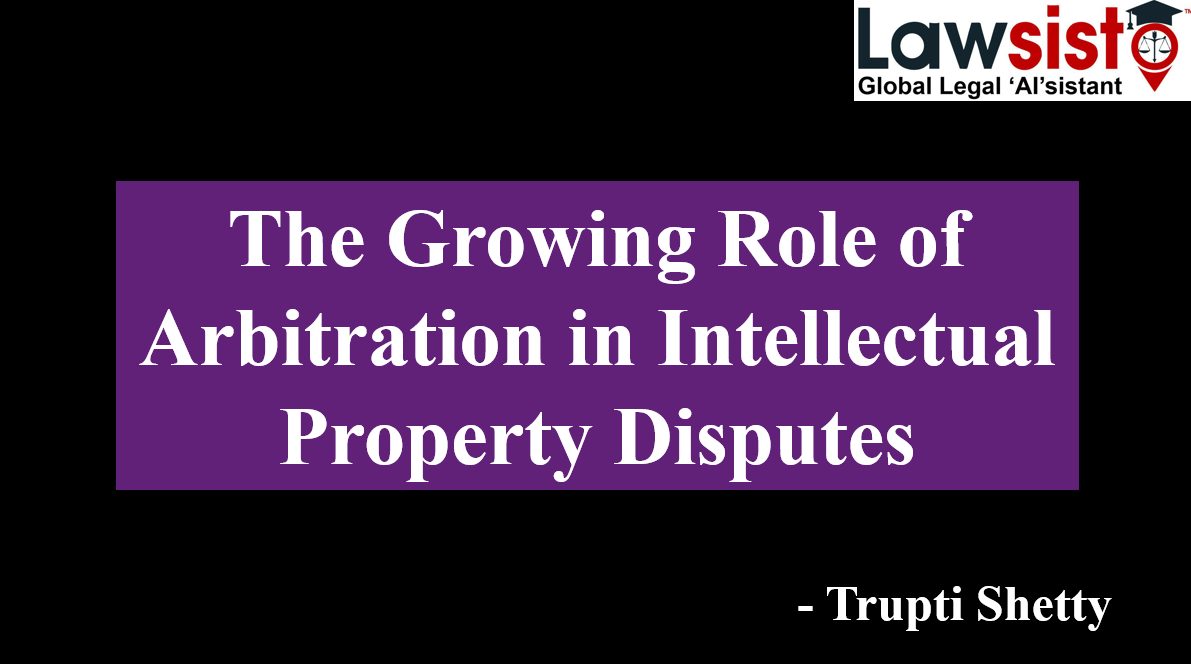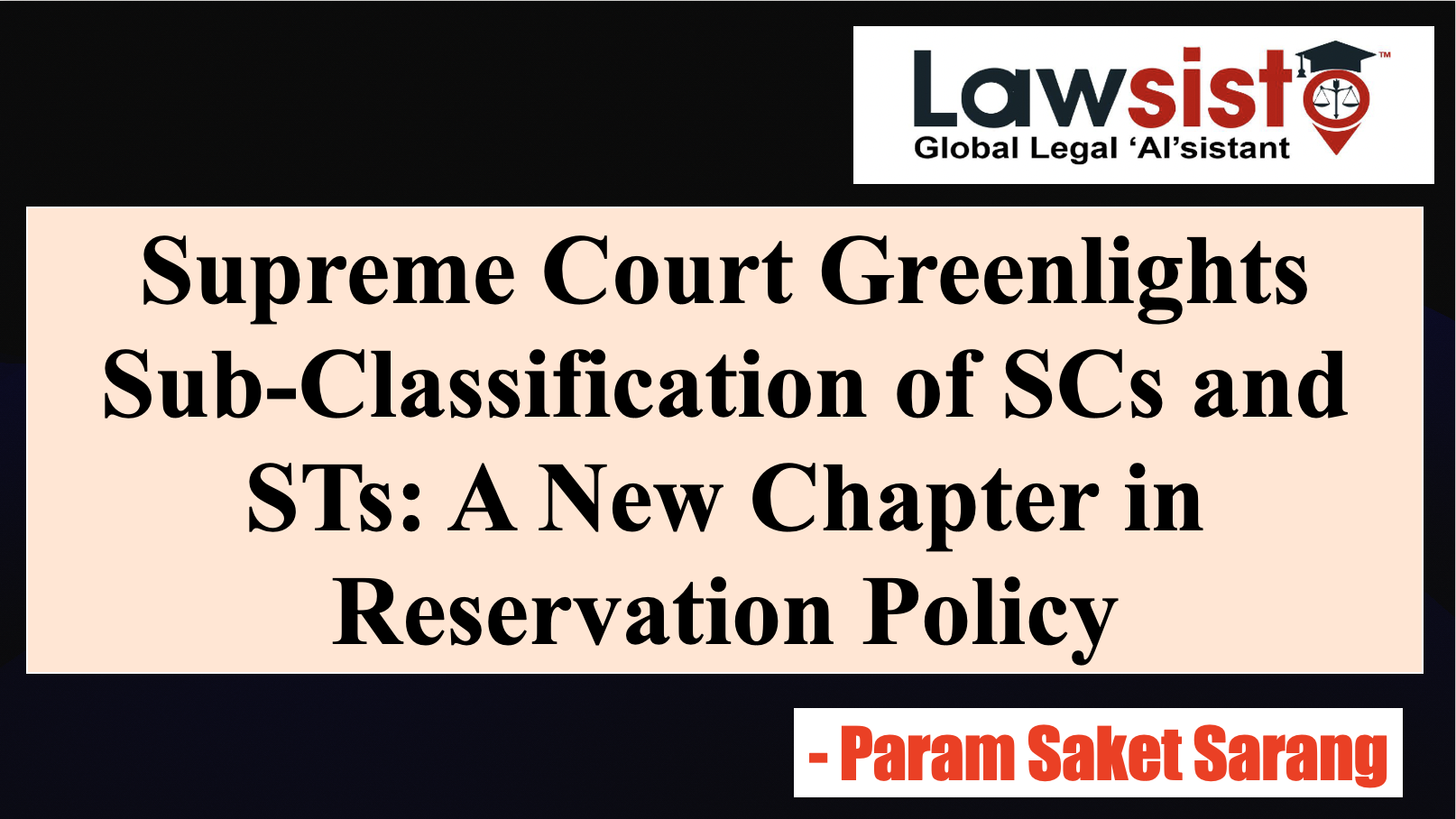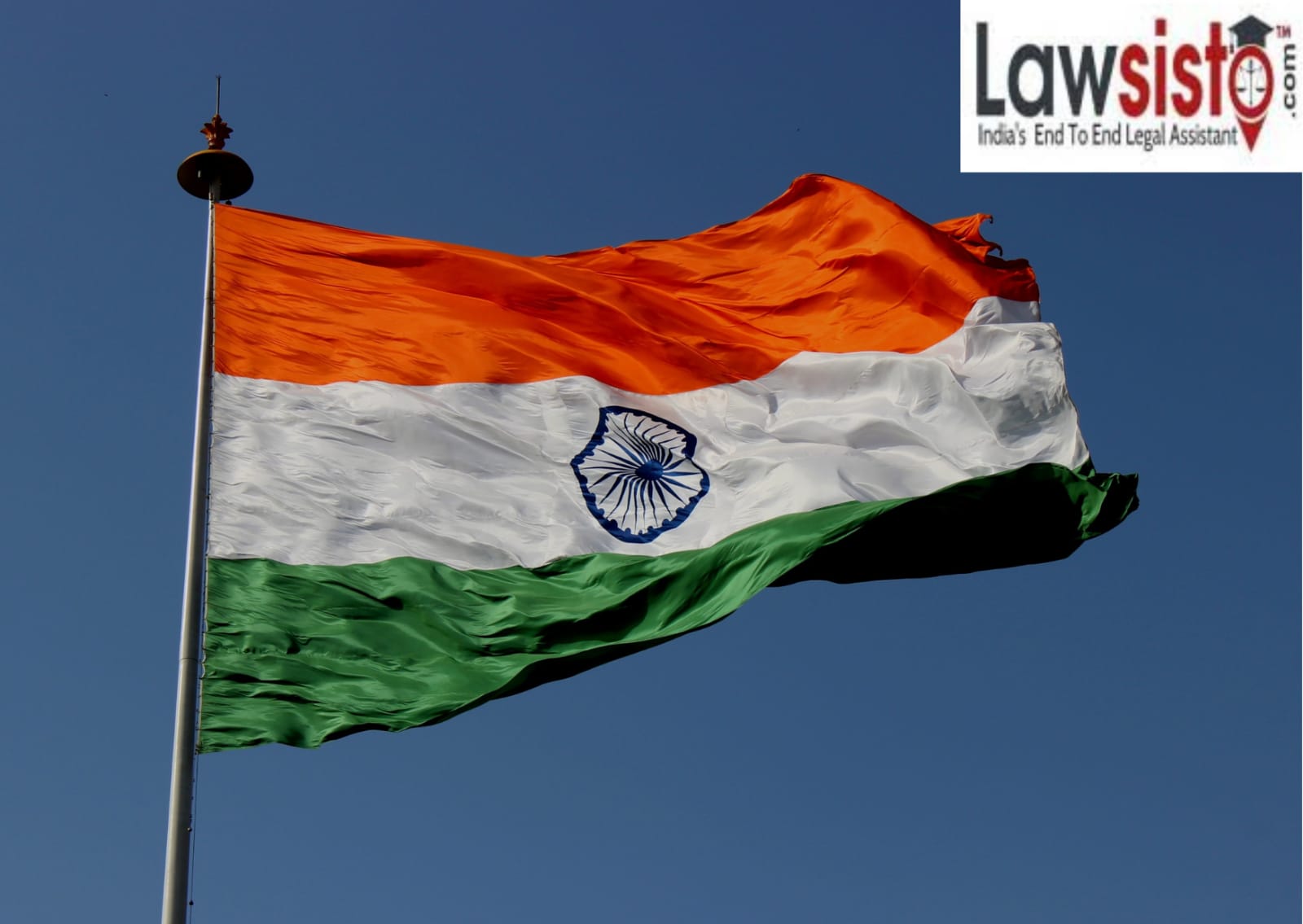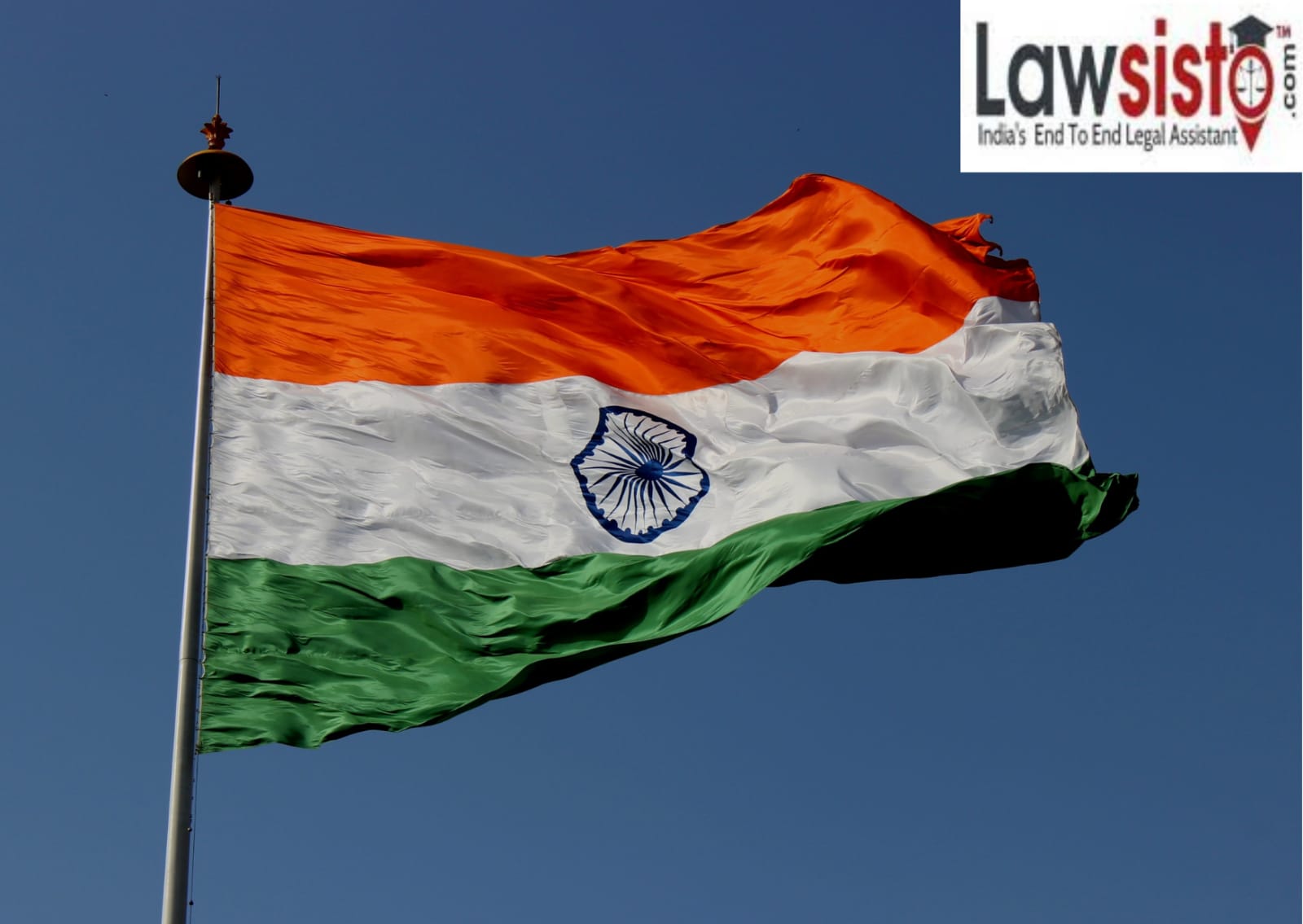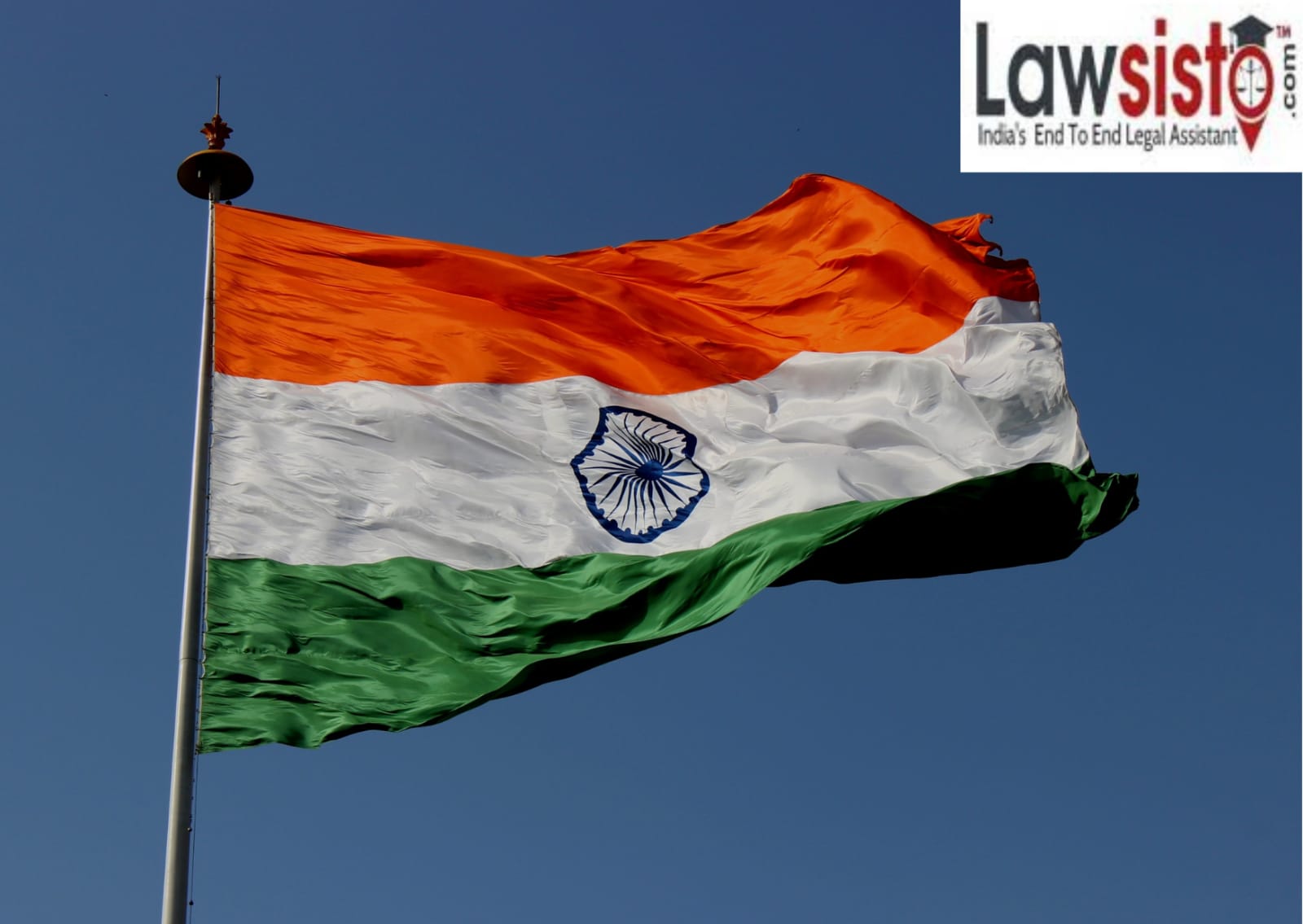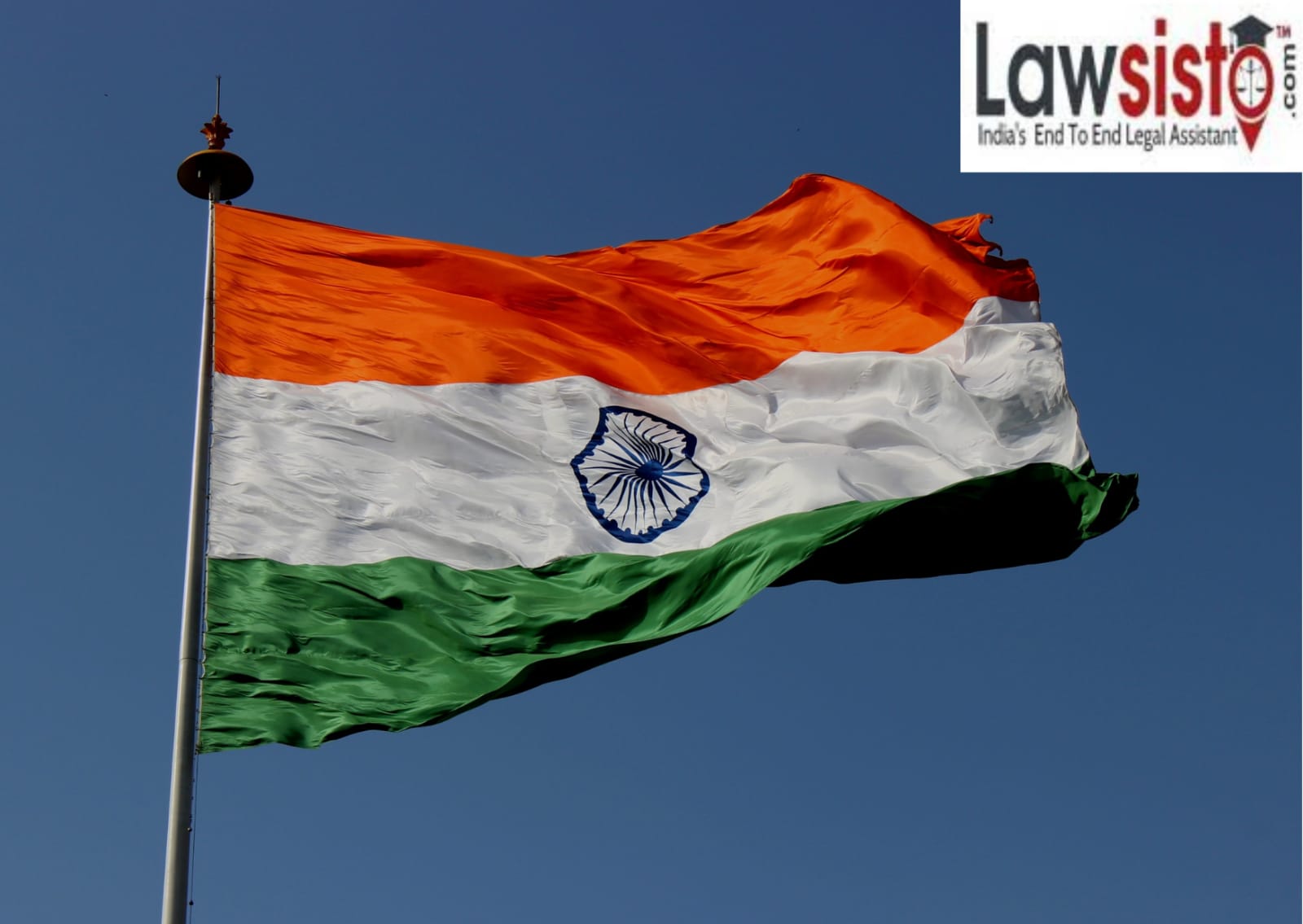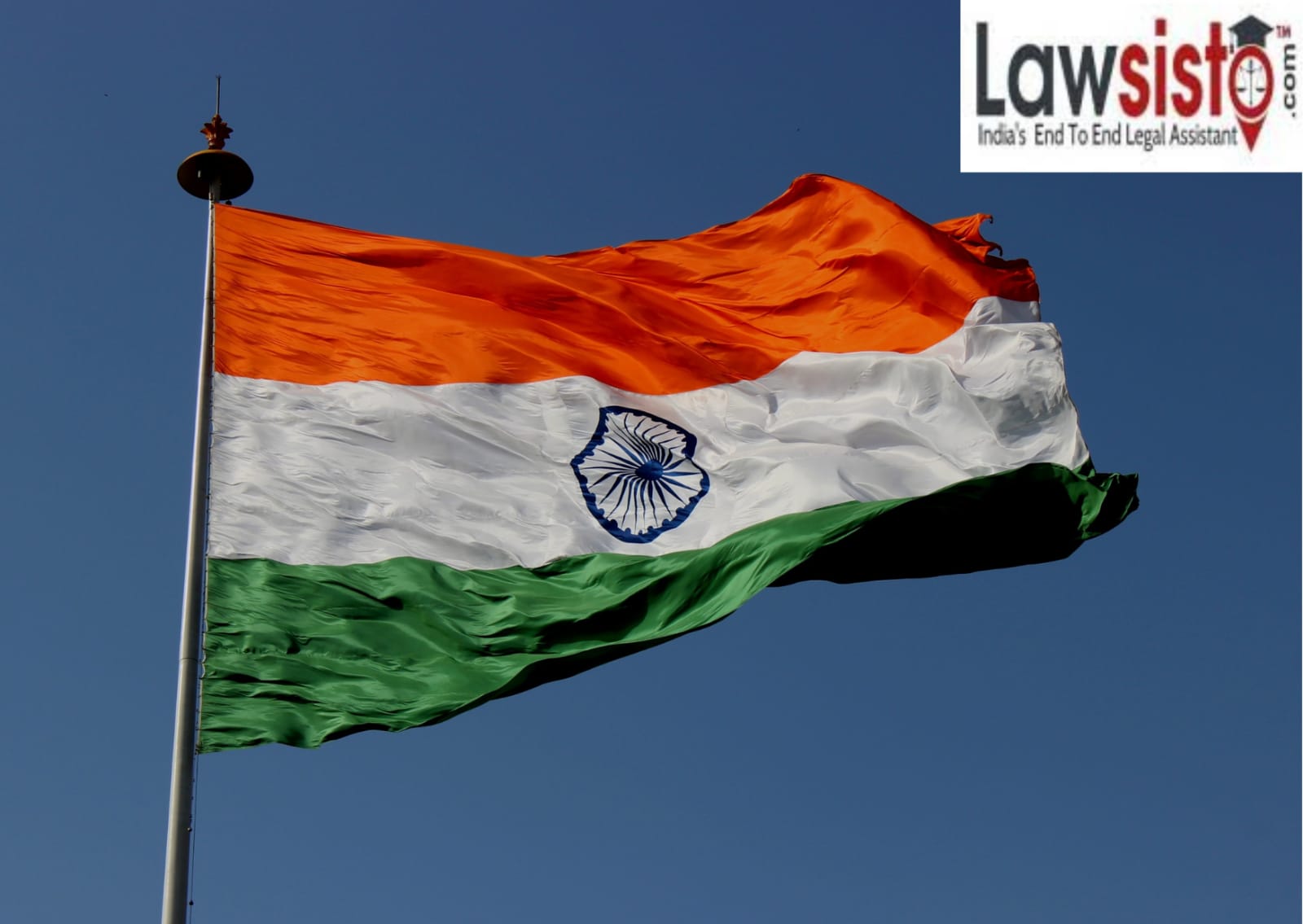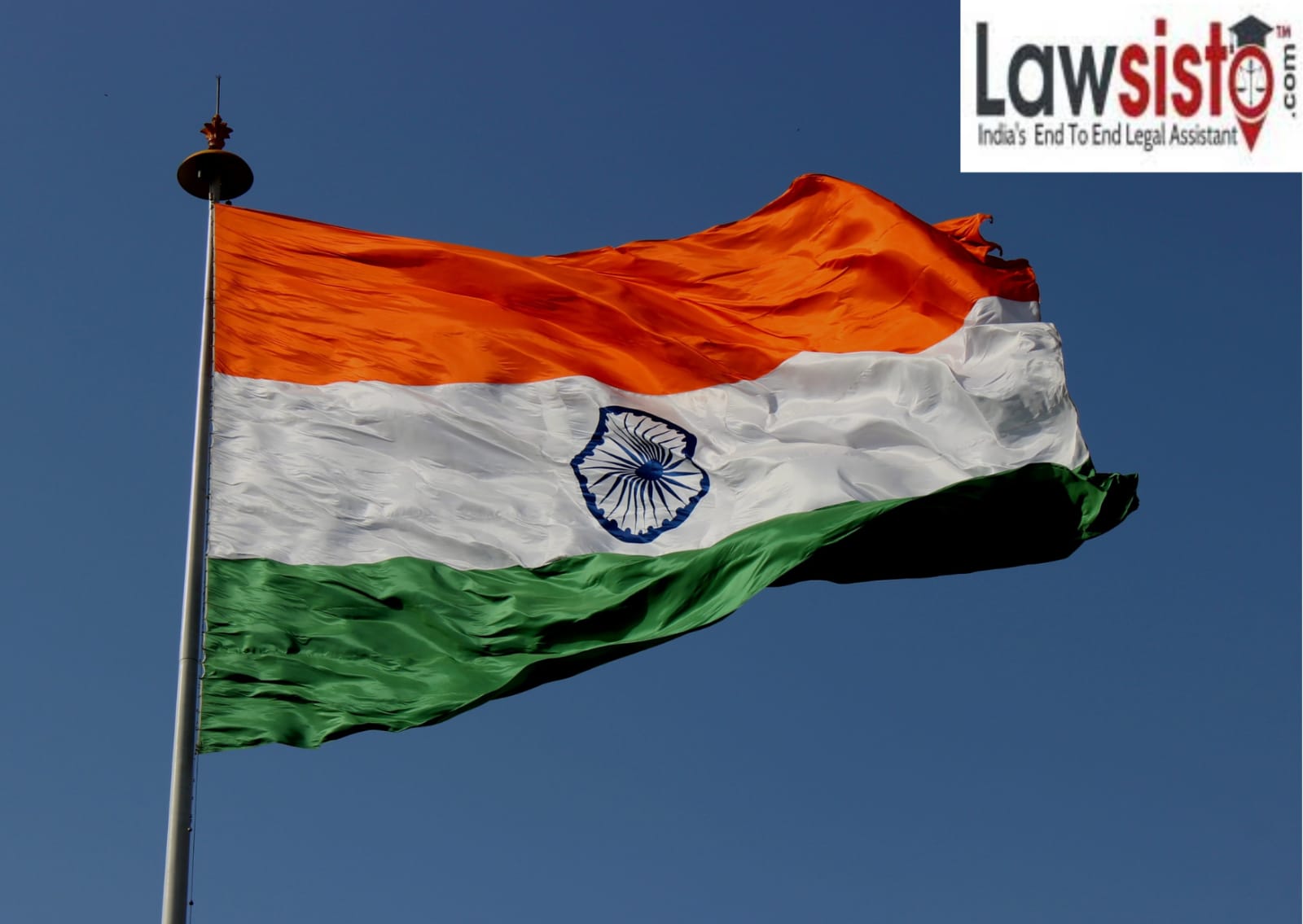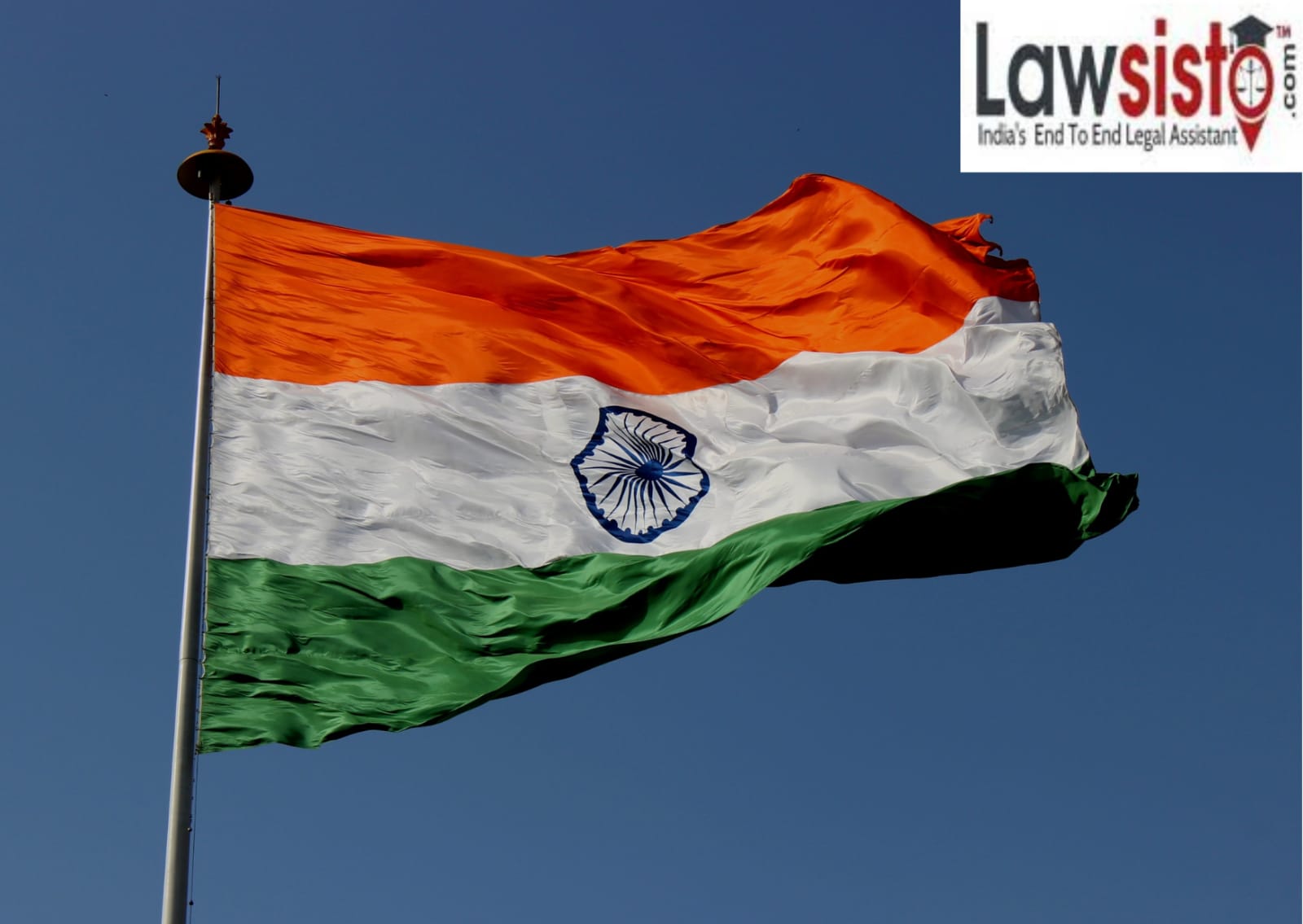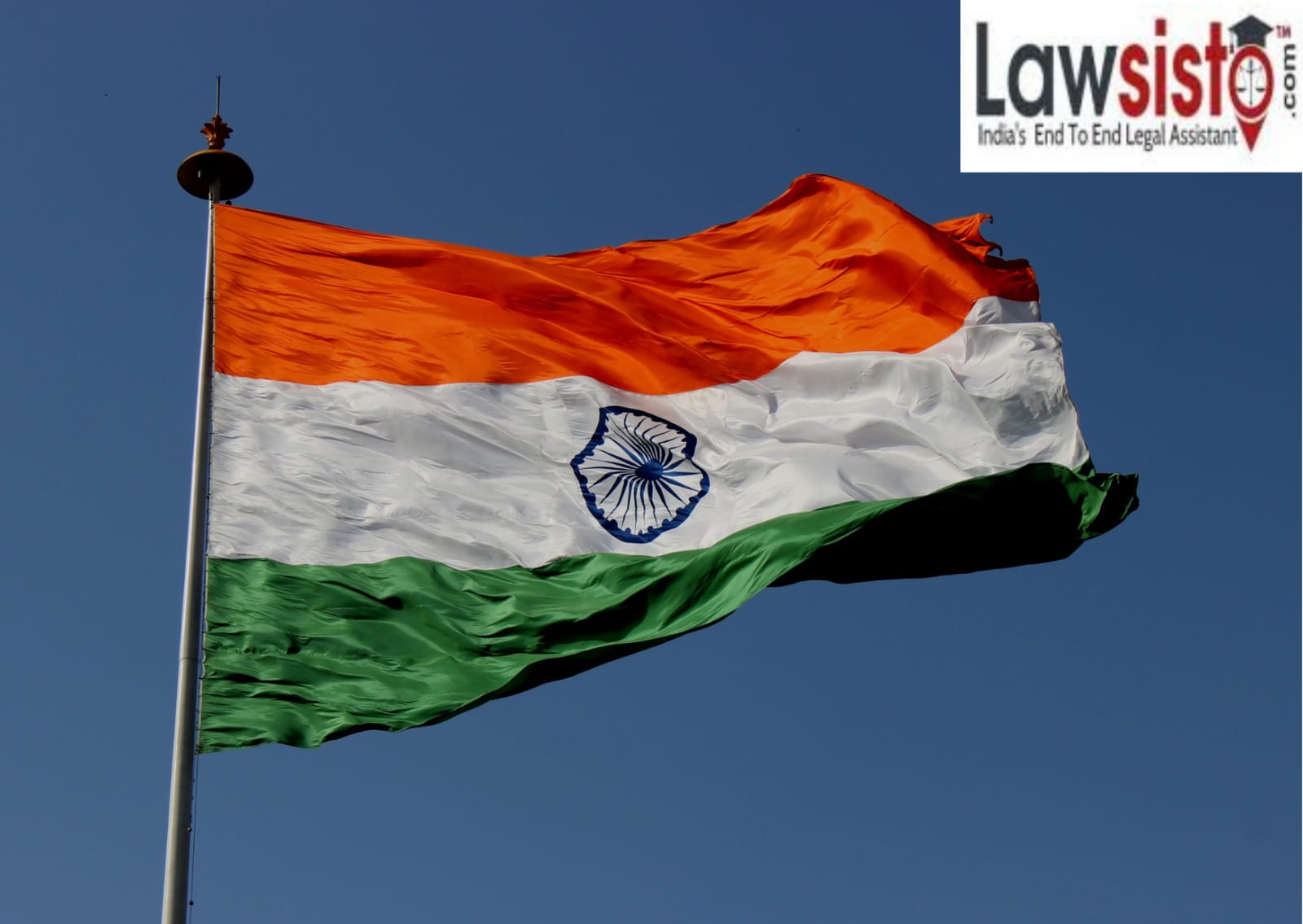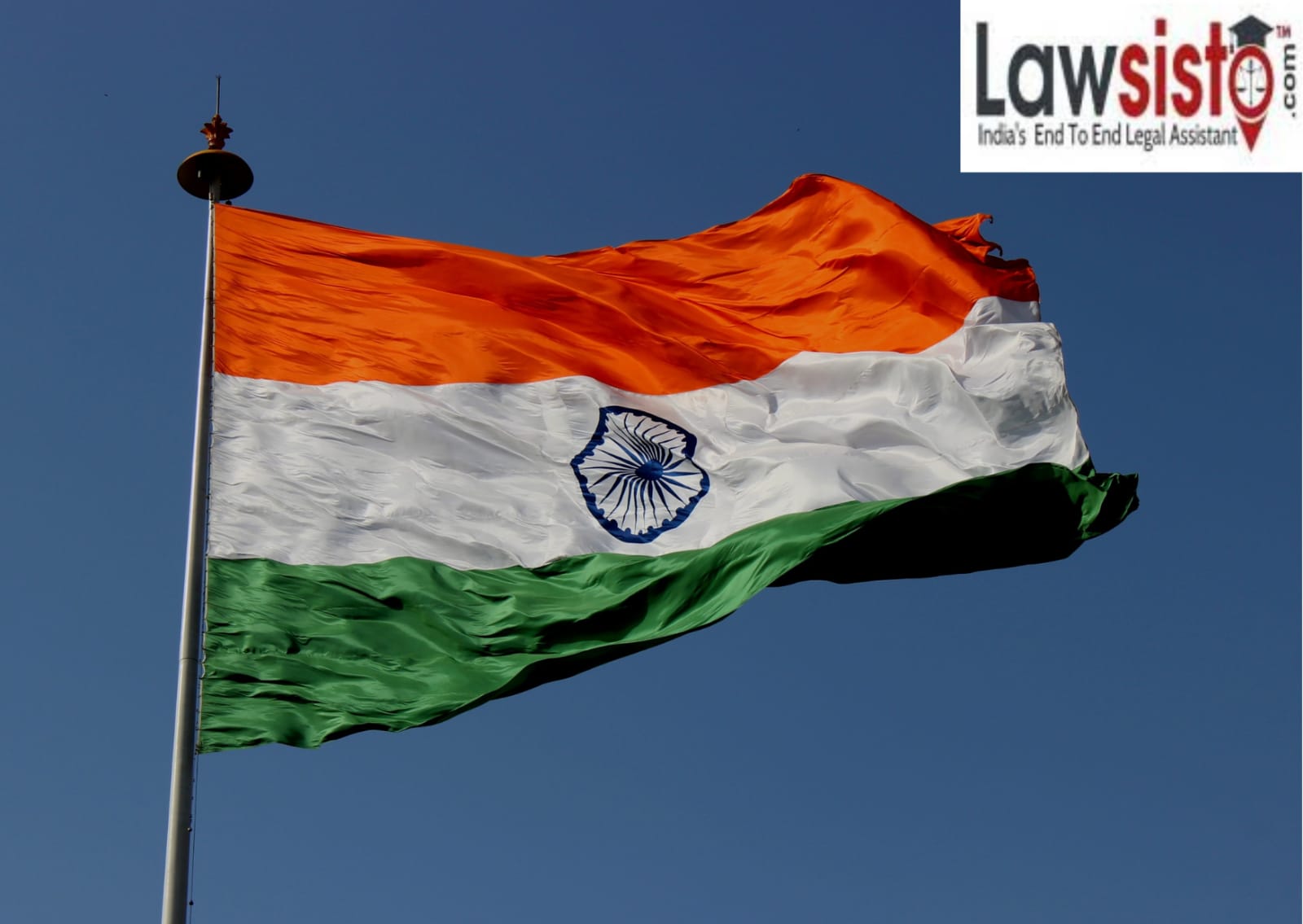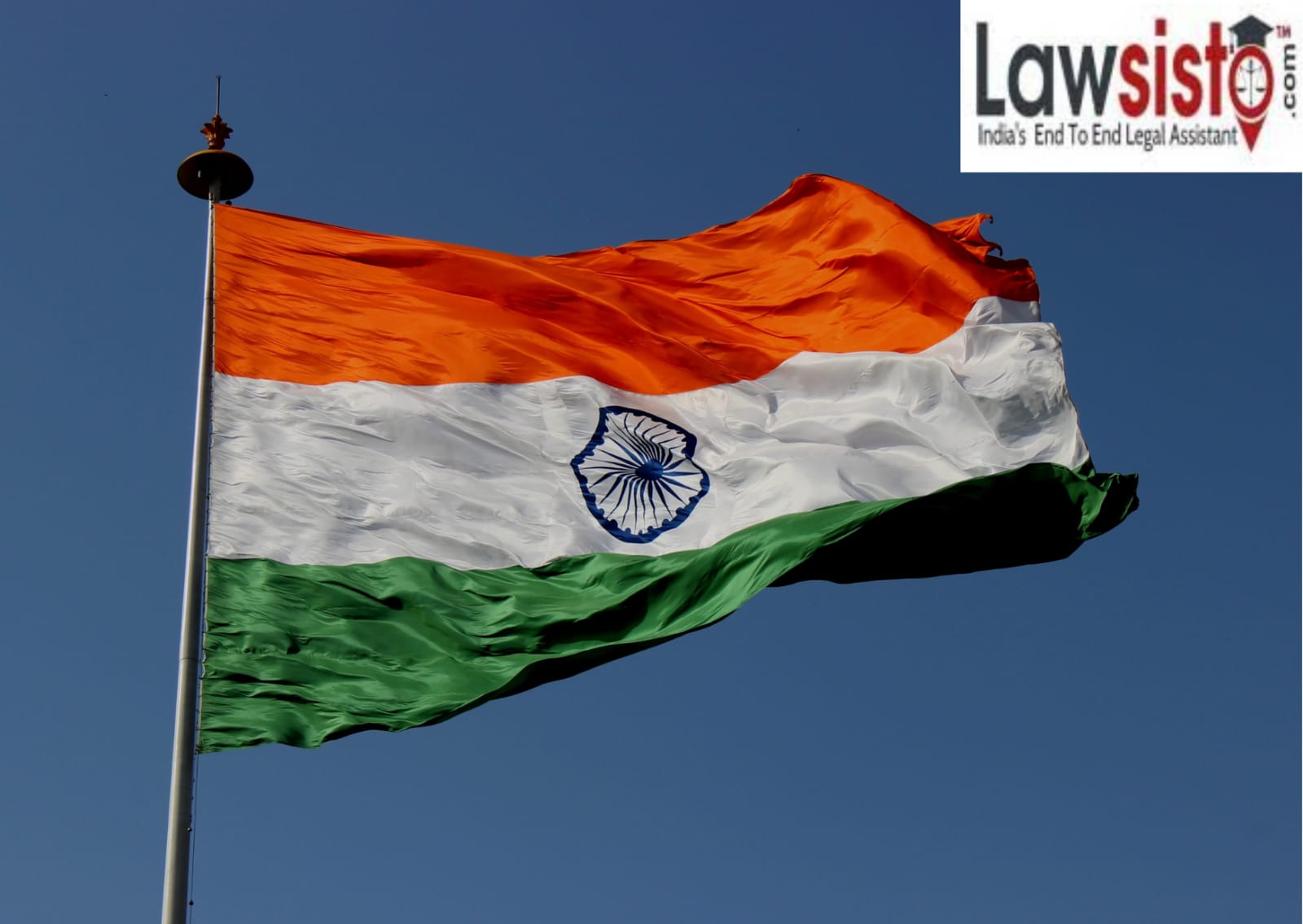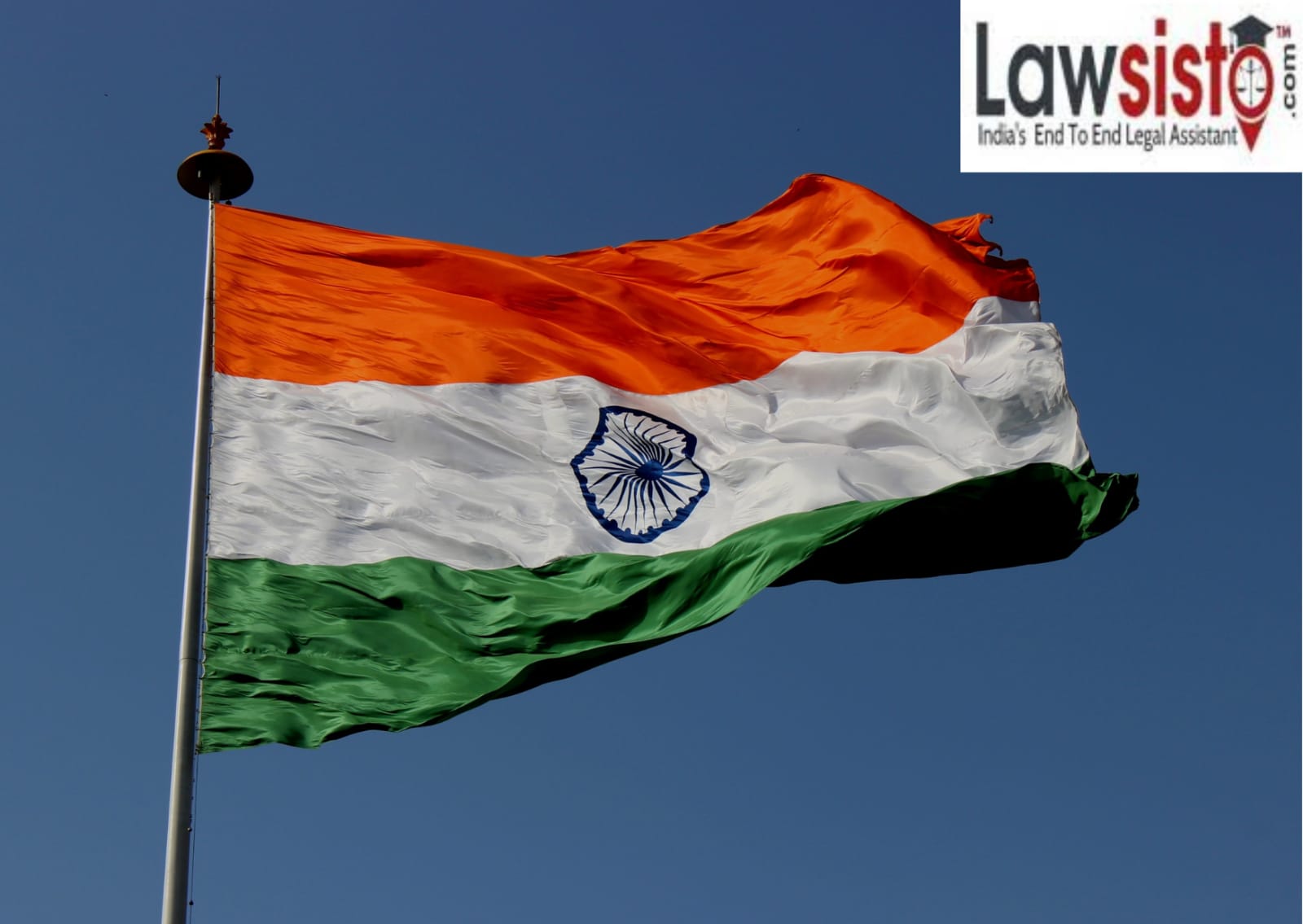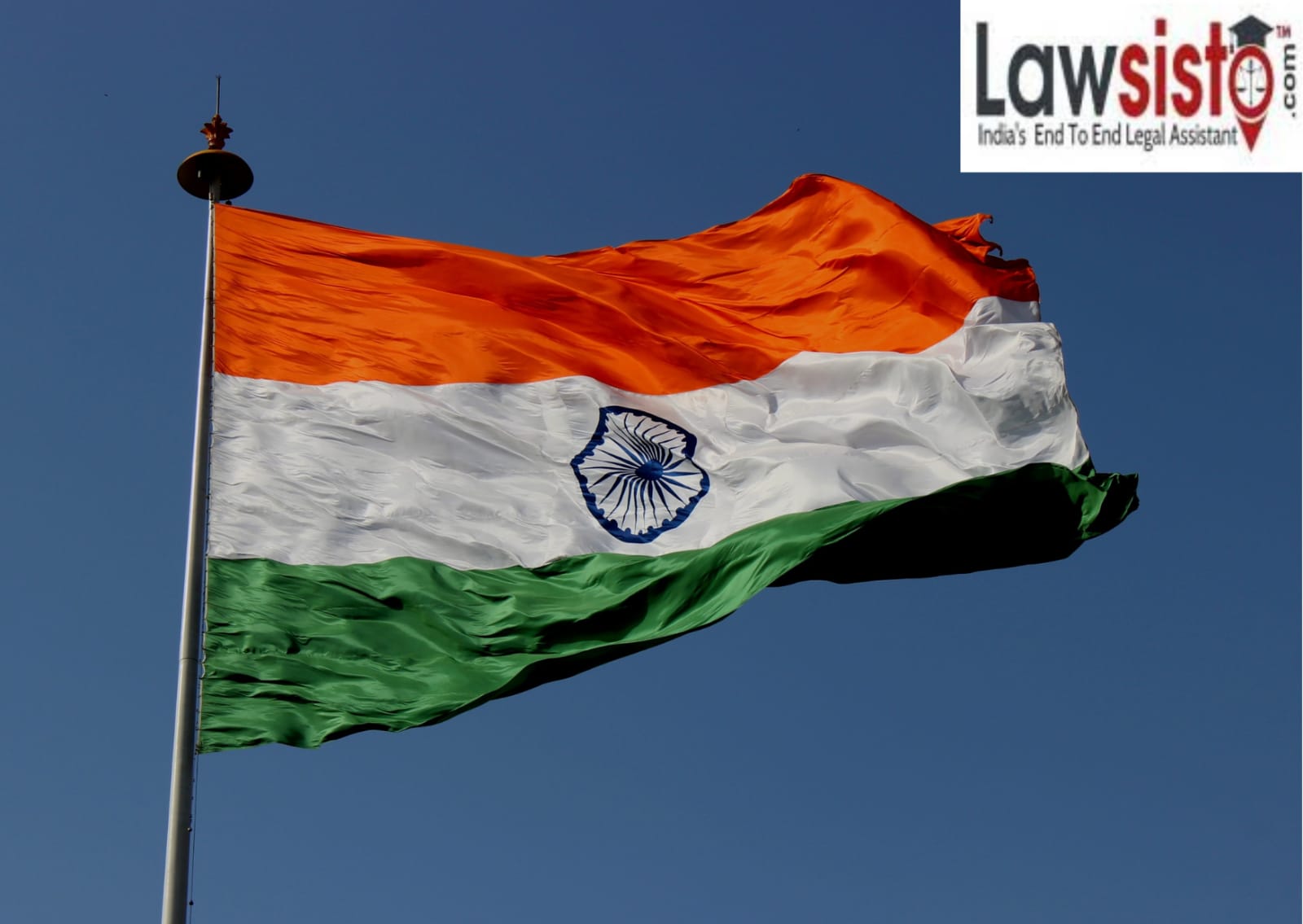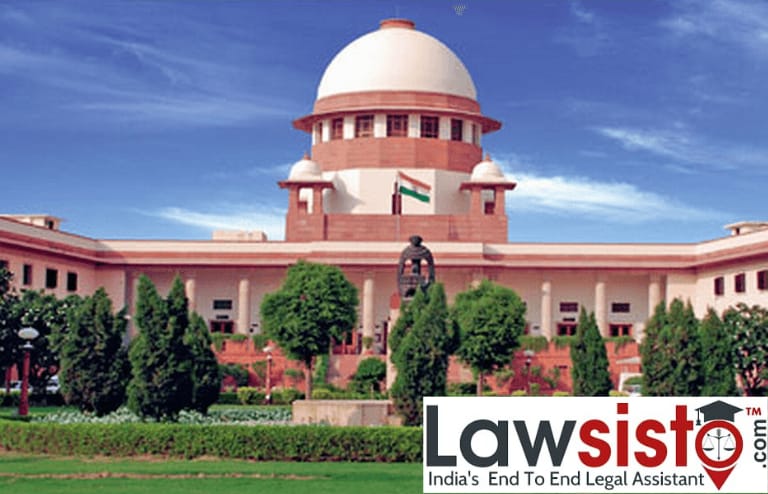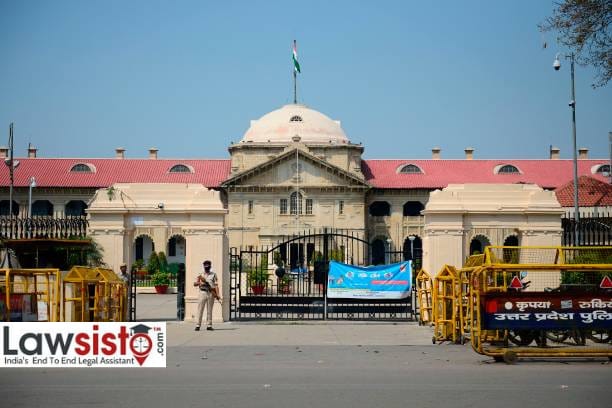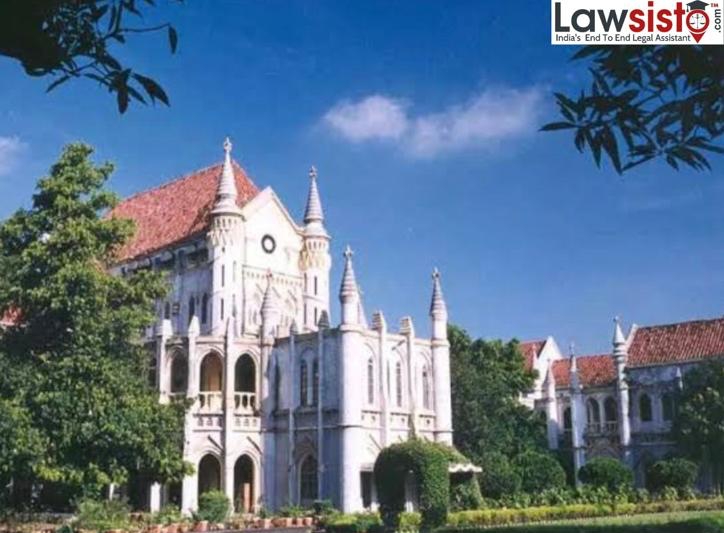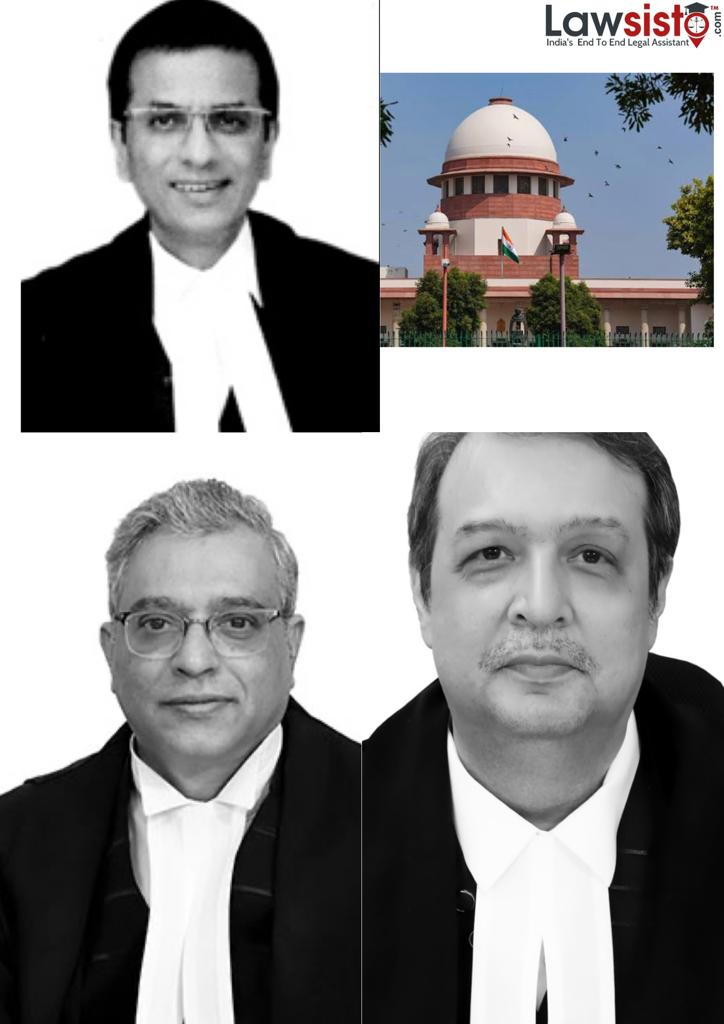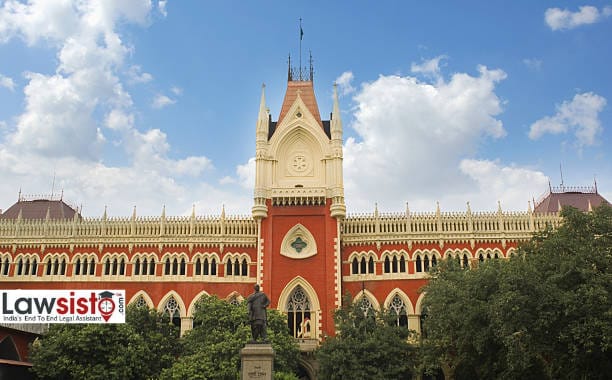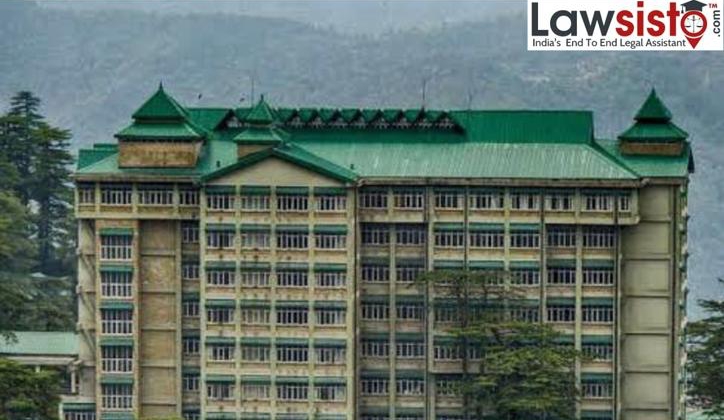Latest News
Allahabad HC Dismisses Plea To Rename High Court as Prayagraj HC
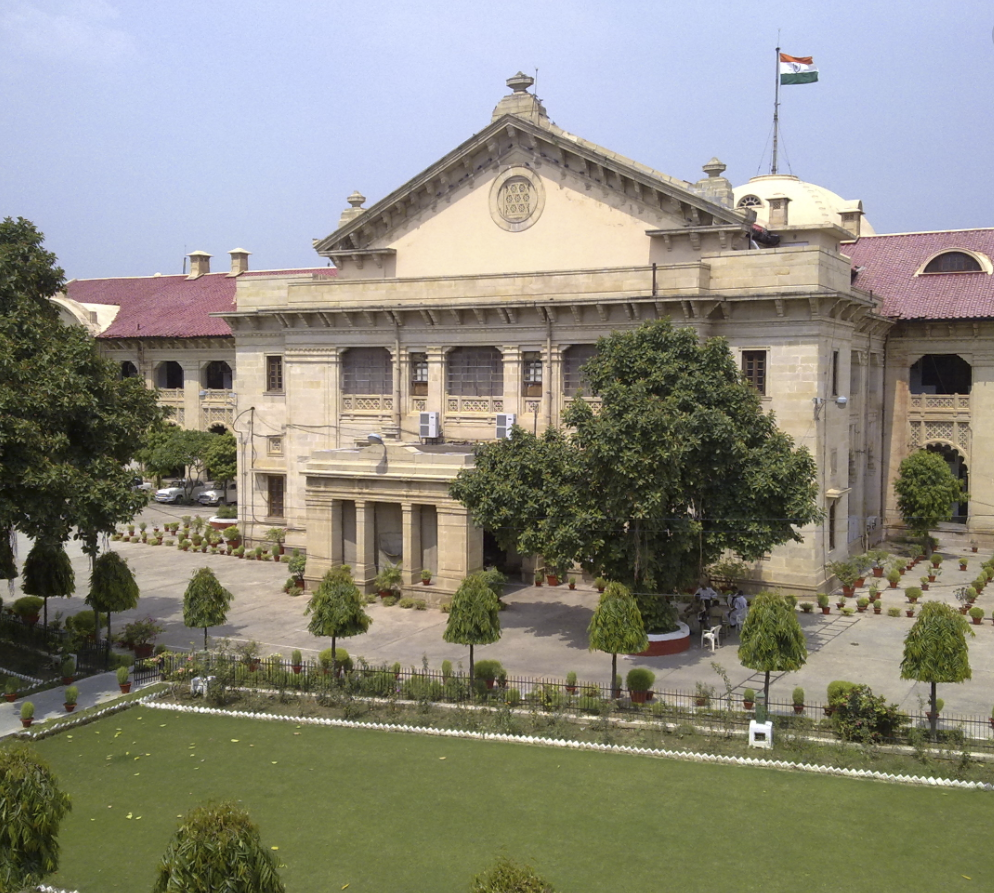
The Allahabad High court recently dismissed the plea to rename Allahabad high court as Prayagraj or the Uttar Pradesh high court. A Lucknow high court bench comprising of Justice Justice PK Jaiswal and Justice DK Singh.dismissed the lawsuit, filed in the form a Public Interest Litigation (PIL), terming it as a 'publicity stunt litigation'. The petition was filed by advocate Ashok Pandey.
Judicature at Allahabad is a high court based in Allahabad (Prayagraj) that has jurisdiction over the Indian state of Uttar Pradesh. The History of Allahbad court dates back to the year 1866 making it the fourth high court established in India. Section 101 (5) of the Government of India Act, 1915-1919, the name of 'High Court for the North-Western Provinces' was changed to "High Court of Judicature at Allahabad. The Indian Independence Act was passed in 1947. In 1948, the Governor-General, in the exercise of powers under Section 229 of the Government of India Act, issued U.P. High Courts (Amalgamation) Order, 1948, published in the gazette of Government of India. Clause-III of the Amalgamation Order, from appointed date i.e. 26th July 1948, provided that High Court in Allahabad and the Chief Court in Oudh shall be amalgamated and constitute one High Court in the name of 'High Court of Judicature at Allahabad'. These provisions were later repealed by the enactment of the constitution on 26th January. The articles which deal with the formation of high courts are as follows :
Analysis of the mentioned articles:
Article 225- Jurisdiction of existing High Courts Subject to the provisions of this Constitution and to the provisions of any law of the appropriate Legislature made by powers conferred on that Legislature by this Constitution,
Article 215- This provides that there shall be a high court of every state. High Courts to be courts of record Every High Court shall be a court of record and shall have all the powers of such a court including the power to punish for contempt of itself.
Article 372- This rightly states that unless and until the parliament amends the amalgamation order the name of the high court cannot be changed.
Observations of the court:
The court observed that the petitioner did not have present a valid counter-argument. Further, the court reiterated on the concept of separation of powers and how the legislature, executive, and judiciary must act in their respective powers and boundaries. It is one of the founding features of a democratic framework that dwelled upon our constitution. Therefore, one organ should not encroach upon the powers of the other. The court held that the present writ petition is a mere publicity stunt. If the petitioner is so concerned about the issue then he must present his side of reasonable arguments and then approach the court. Thus, the petition was dismissed on the grounds of being arbitrary and a publicity stunt litigation. Therefore, the bench said renaming a district is within the powers of the Legislature under the Constitutional scheme and, hence, it cannot interfere in the issue. The high court, however, restrained itself from imposing a cost on the petitioner for filing an unnecessary petition, stating that the petitioner was a practising lawyer of the court.
Document:

